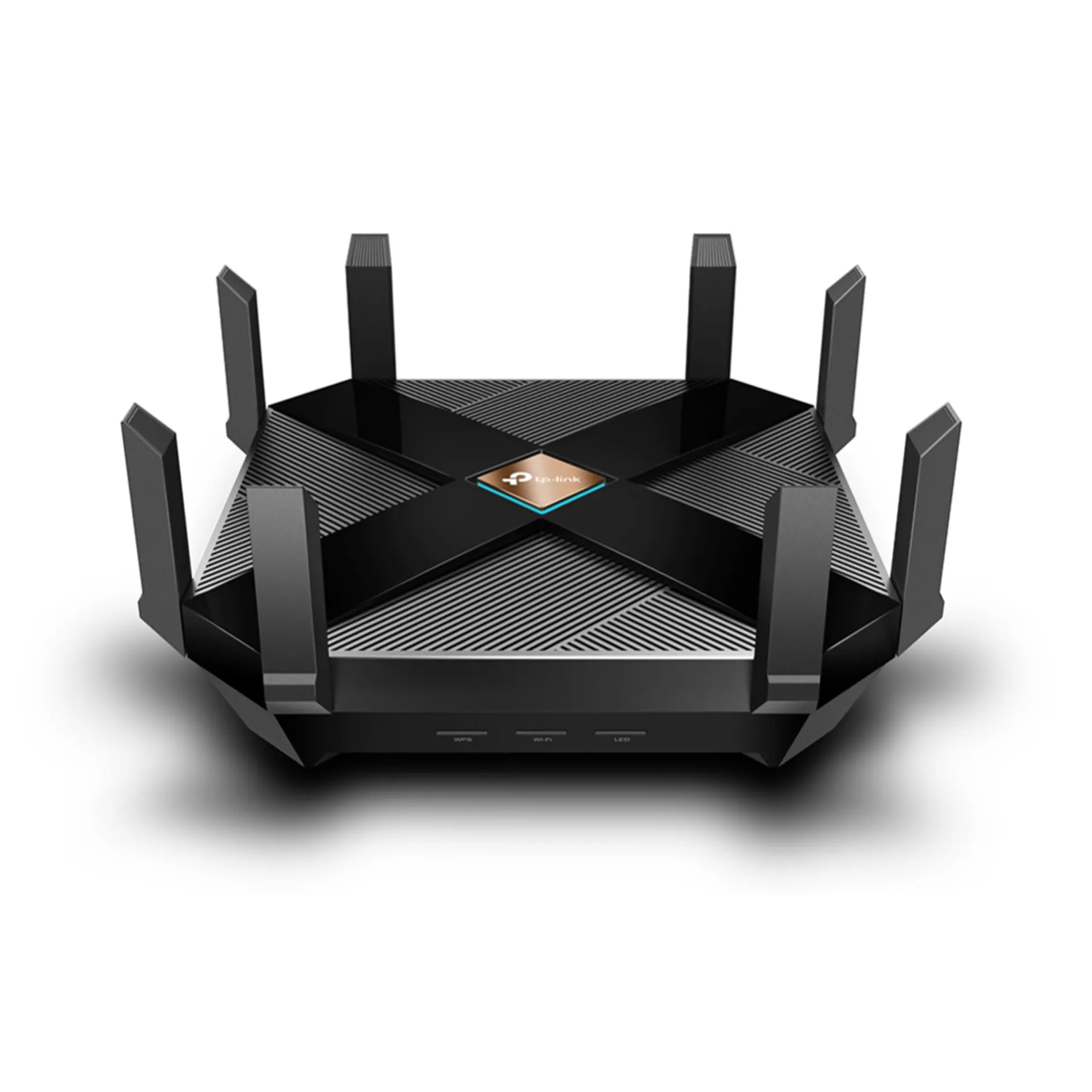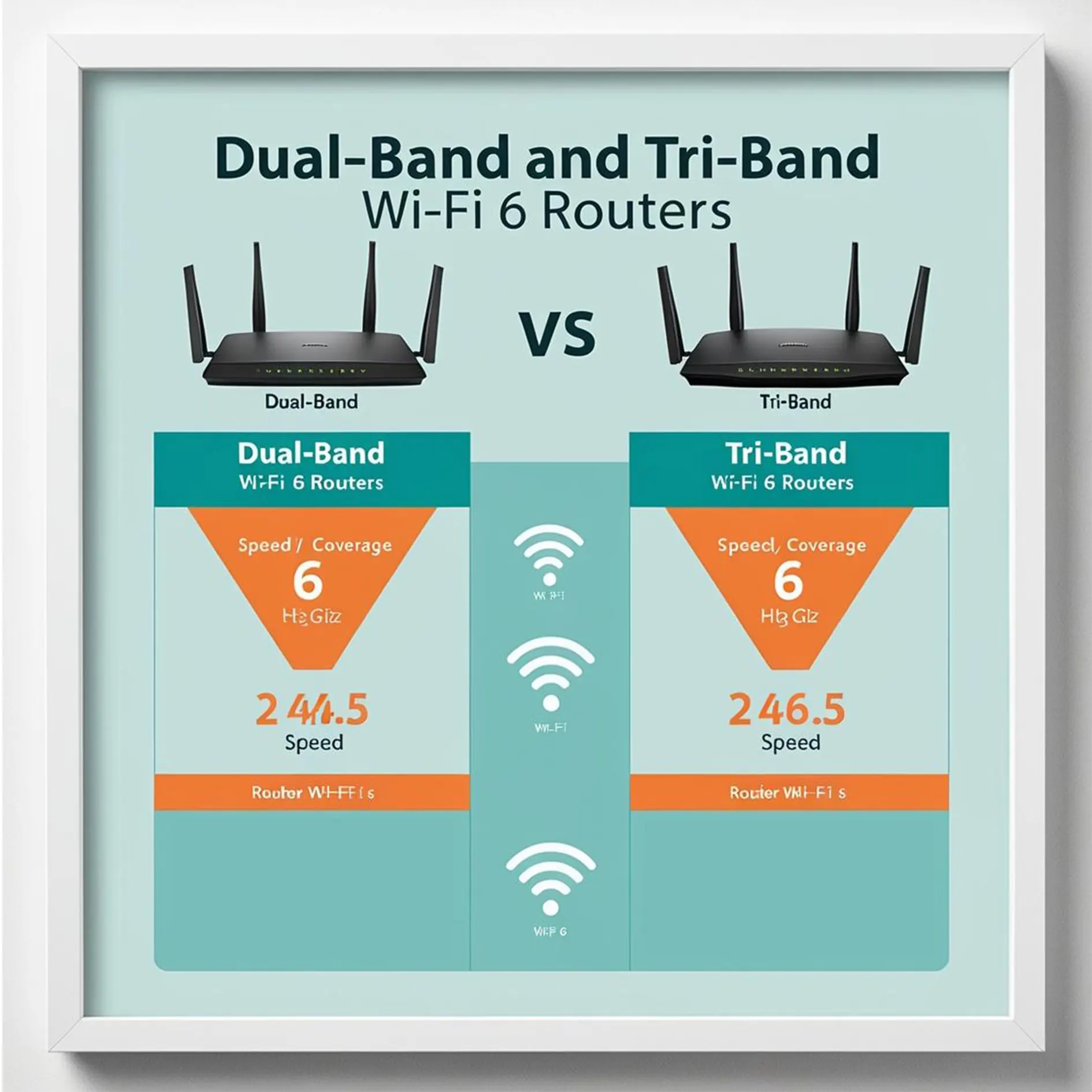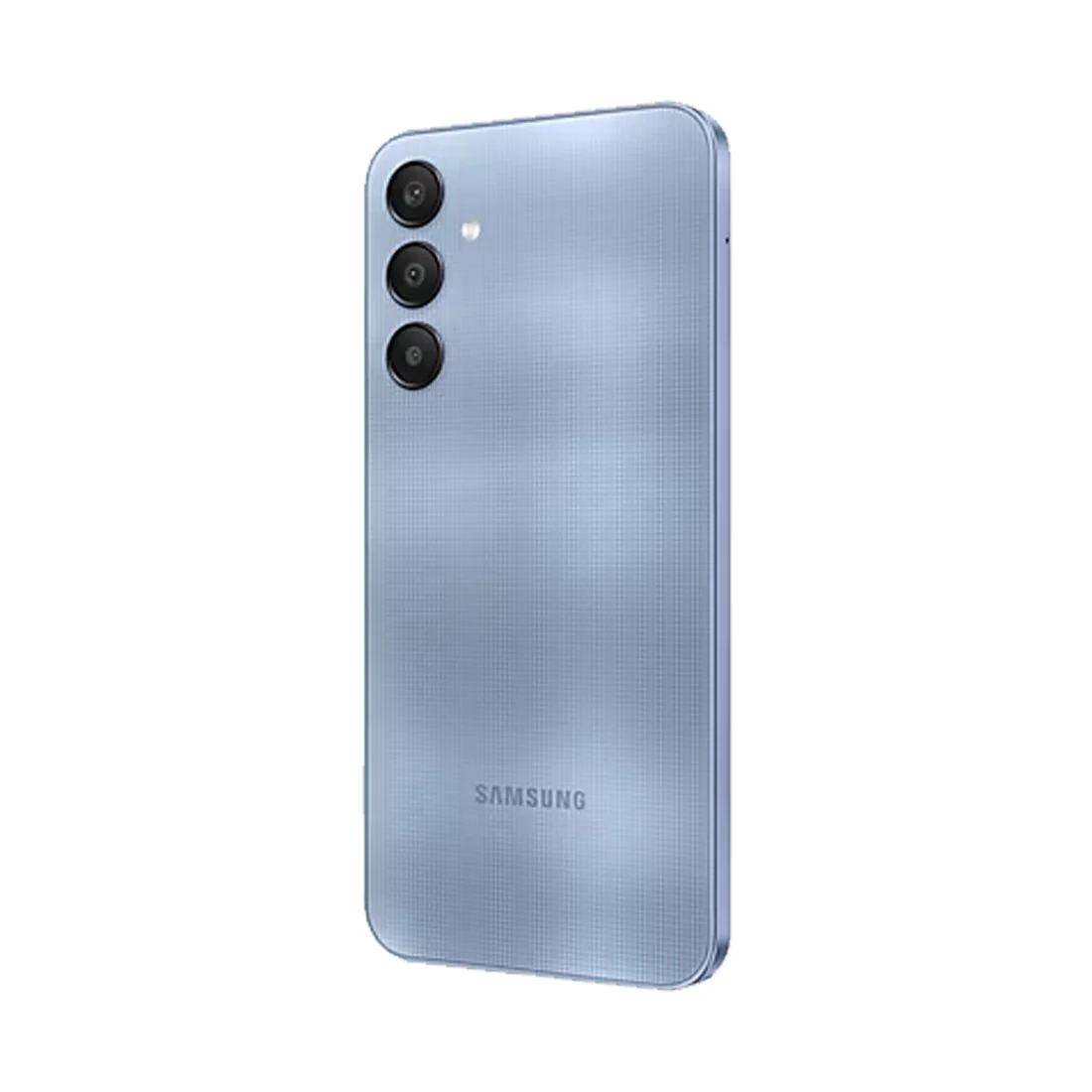WiFi 6 vs WiFi 6E Which Wireless Technology is Better

With the advent of modern technologies, the demand for faster, more reliable internet connectivity has skyrocketed. WiFi 6 and WiFi 6E have emerged as groundbreaking advancements in wireless communication, promising better performance, reduced latency, and improved network efficiency. But what exactly sets these two technologies apart? Let’s delve into their features, benefits, and differences to help you understand which one is best suited for your needs.
What is WiFi 6?
WiFi 6, also known as 802.11ax, is the sixth generation of WiFi technology. Released in 2019, it brought significant enhancements over its predecessor, WiFi 5, focusing on delivering faster speeds, improved capacity, and better performance in congested environments.
Key Features of WiFi 6:
- Faster Speeds: WiFi 6 offers speeds up to 9.6 Gbps, significantly higher than the 3.5 Gbps of WiFi 5.
- OFDMA (Orthogonal Frequency Division Multiple Access): This feature allows multiple devices to share the same channel, improving efficiency and reducing latency.
- MU-MIMO (Multi-User, Multiple Input, Multiple Output): Supports multiple devices simultaneously, ensuring stable connections for all.
- Target Wake Time (TWT): Enhances battery life for connected devices by scheduling communication times.
- Enhanced Security: Comes with WPA3 for improved network security.
What is WiFi 6E?
WiFi 6E is an extension of WiFi 6, with the "E" standing for Extended. This technology takes the capabilities of WiFi 6 and adds support for the 6 GHz frequency band, a newly allocated spectrum for WiFi.
Key Features of WiFi 6E:
- 6 GHz Band: Offers an additional spectrum with 1200 MHz of bandwidth, reducing congestion and interference.
- Ultra-Low Latency: Ideal for applications like gaming, augmented reality (AR), and virtual reality (VR).
- More Channels: Provides more 160 MHz wide channels for high-bandwidth applications.
- Backward Compatibility: Supports older WiFi devices, though they won’t benefit from the 6 GHz band.
WiFi 6 vs WiFi 6E: A Detailed Comparison
| Feature | WiFi 6 | WiFi 6E |
|---|---|---|
| Frequency Bands | 2.4 GHz and 5 GHz | 2.4 GHz, 5 GHz, and 6 GHz |
| Maximum Speed | Up to 9.6 Gbps | Up to 9.6 Gbps |
| Spectrum Availability | Limited | More extensive (6 GHz band) |
| Congestion Handling | Improved | Exceptional |
| Latency | Low | Ultra-low |
| Applications | General usage | High-bandwidth apps like AR/VR |
Benefits of WiFi 6 and WiFi 6E
Both WiFi 6 and WiFi 6E offer numerous benefits to users, but each has unique advantages based on its features.
Benefits of WiFi 6:
- Improved Network Efficiency: Perfect for environments with multiple connected devices, such as homes and offices.
- Energy Efficiency: Ideal for IoT devices due to Target Wake Time.
- Future-Proofing: Supports advanced applications and large file transfers.
Benefits of WiFi 6E:
- Reduced Congestion: The 6 GHz band ensures interference-free communication.
- Enhanced Streaming: Delivers ultra-smooth 4K and 8K video streaming.
- High-Speed Connectivity: Perfect for smart homes with numerous devices.
Use Cases: Which One Should You Choose?
Choosing between WiFi 6 and WiFi 6E largely depends on your specific requirements:
- For General Home Usage: WiFi 6 is more than sufficient for browsing, video streaming, and light gaming.
- For Smart Homes: WiFi 6E is better for homes with many connected devices, as it reduces interference.
- For Gamers and Tech Enthusiasts: WiFi 6E provides ultra-low latency and high-speed connectivity, making it ideal for AR, VR, and cloud gaming.
WiFi 6 and WiFi 6E Routers: Availability and Pricing
WiFi 6 routers are widely available, and their prices have become more affordable over time. WiFi 6E routers, on the other hand, are newer and come at a premium price due to their advanced features and limited availability.
Future of WiFi Technology
Both WiFi 6 and WiFi 6E are paving the way for the next generation of wireless communication. With the adoption of WiFi 7 on the horizon, we can expect even greater advancements in speed, reliability, and network capacity.
Conclusion
WiFi 6 and WiFi 6E represent significant leaps in wireless networking technology. While WiFi 6 is an excellent choice for most users, WiFi 6E caters to those who demand cutting-edge performance, especially in dense environments or high-bandwidth scenarios.
Investing in WiFi 6 or WiFi 6E depends on your current needs and future plans. As devices supporting the 6 GHz band become more common, WiFi 6E may become the standard for next-generation connectivity.


















